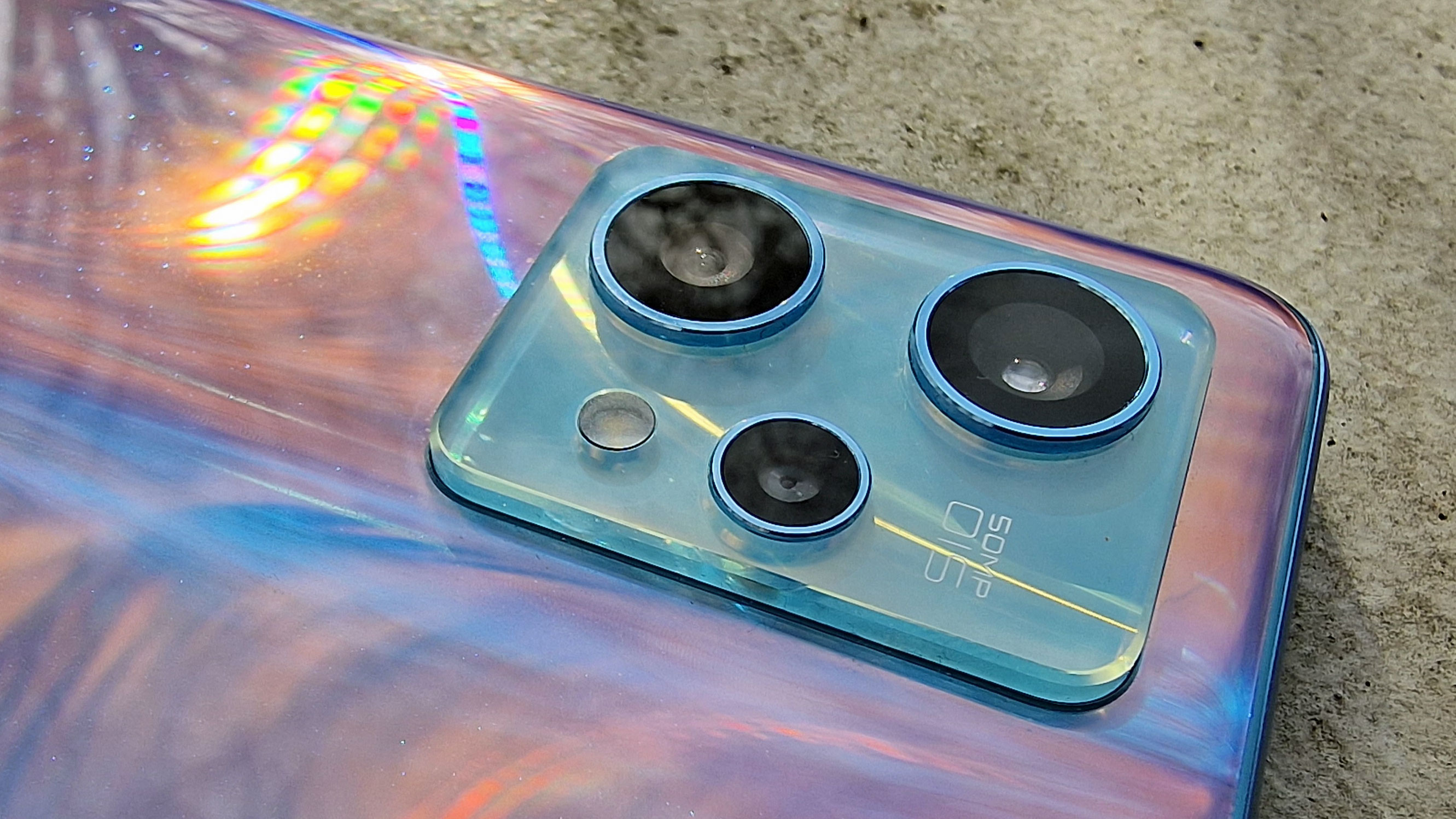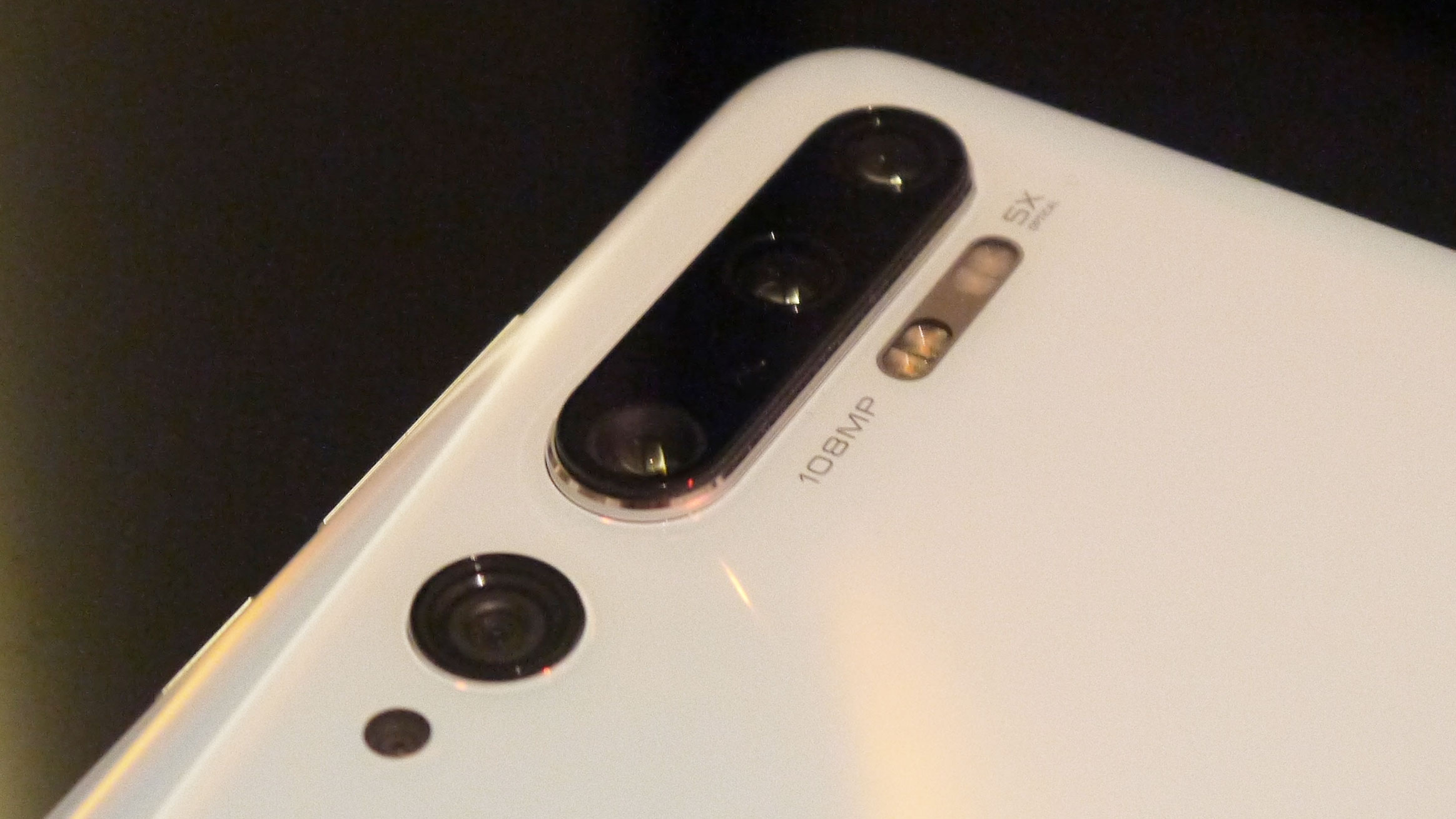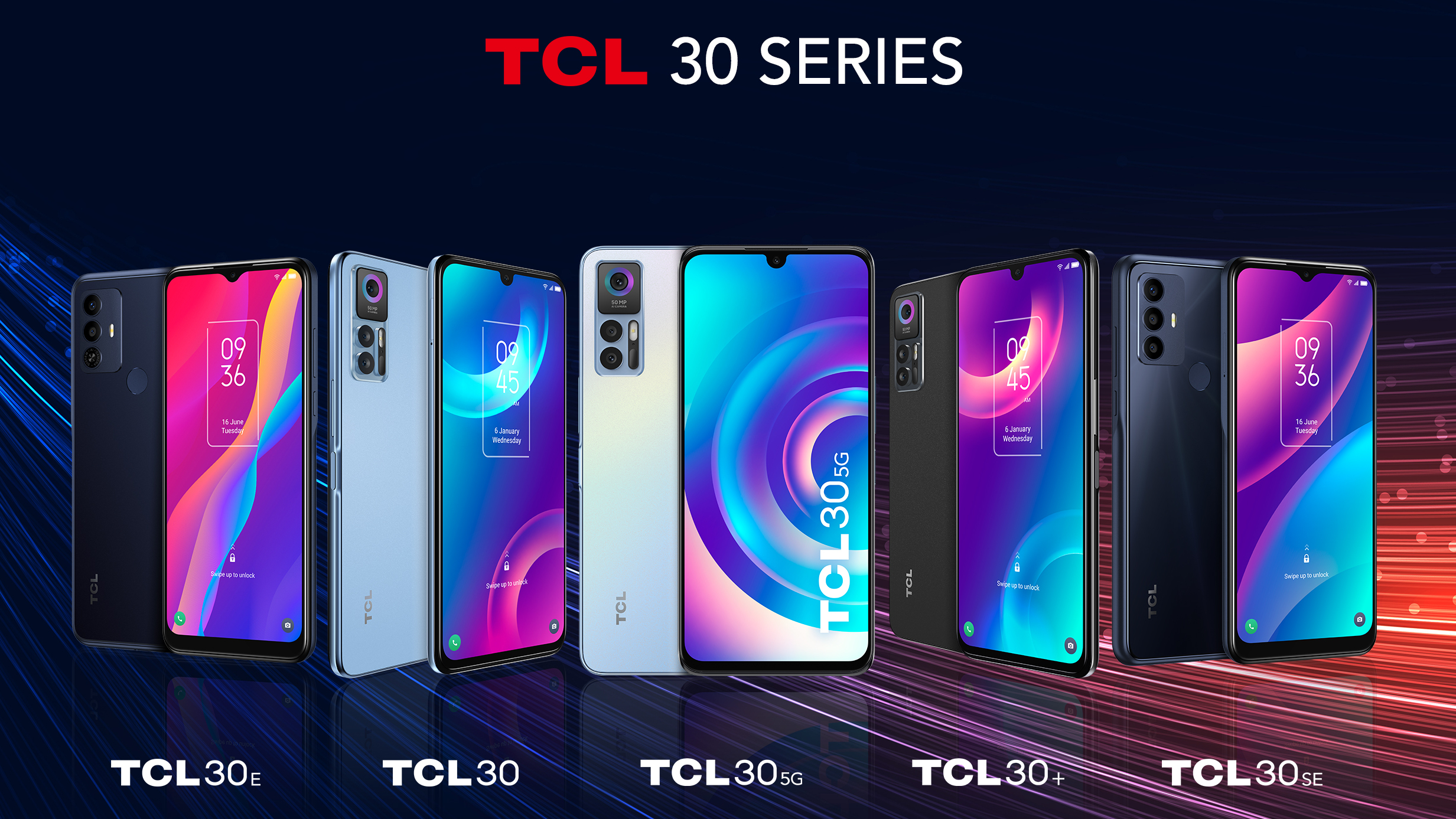The cheap phone market is going through a major shift, and it's all because of cameras
The race has changed direction

Annual tech event MWC brings us loads of product launches - we saw 20 new smartphones debut over the course of this year's week-long event - but when the dust settles, we can take a step back and use the show to chart trends in the smartphone industry.
MWC 2022 is the same, and it exemplified a big change in the cheap phone market that we've been noticing for a while - and that we hope to see more of in the future.
This is the rise of a certain type of camera sensor, which could mean big things for camera phones in the future, especially in bringing great photography power to low-end phones.
It's not about the number
Lots of the smartphone camera world revolves around chasing trends.
After Xiaomi debuted the first 108MP camera phone in the Mi Note 10, manufacturers began tripping over themselves to try and offer the same spec in their affordable phones. We've seen Realme, Motorola and Pocophone all do this, and Xiaomi has done it a lot too.
This high-megapixel race isn't new, and we saw it previously with 48MP and 64MP cameras. And it makes sense - on paper, a camera with 108 million pixels sounds far better than one with 12 million, like an iPhone. It's an easy selling point.
This doesn't sit well with the realities of camera hardware though - the number of pixels is only one factor in camera capability, and it's arguably not as important as the size of said pixels.
Sign up for breaking news, reviews, opinion, top tech deals, and more.

The size of a pixel is important as it impacts how much light a sensor collects - this in turn affects the brightness, or vibrancy, of a picture. So a 108MP sensor with a small pixel size will often take worse pictures than a 12MP sensor that's larger overall.
Sure, a high-res picture will be sharper, but unless you're importing the snap onto something with a high-res monitor, or are cropping in on it, this doesn't really matter.
So when lots of budget phone makers were competing to offer 48MP, 64MP, 108MP camera phones, and were putting that figure front-and-center on the marketing materials, it didn't necessarily mean pictures taken on them were better.
(Of course, this is an oversimplification of the smartphone market - camera hardware wasn't the only thing that was changing over time, and improvements in software and lenses did mean pictures were getting better. It's just that the sensor changes weren't as pivotal in this change as manufacturers would suggest).
But then something changed - numbers started going down, not up.
50 is the magic number
The first major smartphone to use a 50MP lens was the Huawei P40 in early 2020 - Huawei has always done something a little different for its camera hardware, often to great effect, but it still was curious to see a phone launch with a main sensor outside the usual 12MP/48MP/64MP/108MP barrage.

But while Huawei does lots of novel things that other companies don't emulate, it wasn't the case this time. We started seeing more companies using 50MP sensors: the Oppo Find X3 Pro, then the OnePlus 9 Pro, used bespoke 50MP sensors made by Sony.
Samsung, another prevalent sensor manufacturer, got in on the action, making 50MP sensors for the Xiaomi Mi 11 Ultra, Google Pixel 6 and Samsung Galaxy S22.
These were all top-tier smartphones, with high prices and great camera power, and fittingly these sensors eschewed unnecessarily-high pixel counts for larger pixel sizes, and it paid off.
But then something strange happened: we started seeing mid-range, and then affordable, smartphones come out with 50MP snappers. Lots of members of the Moto G family, certain Oppo Reno devices, the Realme 9 Pro family and select Redmi devices all started cropping up with this camera resolution.
Now, these weren't all using the same sensors as the top-end flagships (though some actually were), and it was generally sensors with a lower pixel size too. But the move was clear: 108MP was out, 50MP was in. And that shift could spell great things for the budget phone camera market.
Cheap phones going forward

The TCL 30 series at MWC marked the latest cheap phones to launch with 50MP cameras, though they weren't the only devices at the show with this hardware, as the newest devices from Honor, Realme and OnePlus all had them too. Of the 20 new mobiles from the show, 10 of them had 50MP sensors.
It's something we're expecting to see more of in the coming months too - clearly 50MP is the new trend in smartphones, including budget ones.
That's great for affordable mobiles. The race for high-res cameras was an interesting battleground, but not one that particularly benefitted consumers, and if companies have given up trying to beat each others' specs lists, they can look to the actual quality of the cameras.
Now the race is not about pixel count, but pixel size, and this is a factor that affects photography much more. Cheap phone brands might start advertising sensor size or pixel size over resolution.
We're starting to see the fruits of this competition - while premium phones have offered great night photography for a few years already, recently, we've seen budget phones go the same way, with large 50MP sensors allowing affordable handsets to take great snaps in low-light conditions.

This writer was hit by this fact when testing the Realme 9 Pro Plus, which took staggeringly good photos at night given its price. And the more we looked beyond that, the more we saw low-cost devices offering versatile low-light photography.
Looking forward
Not all budget phones are going to use 50MP cameras - they might be great for photography, but that's not the priority of all manufacturers. In an interview with Poco (read another article from the talks, about 4G phones, here) it told TechRadar that its new phones avoided using 50MP sensors simply because they were relatively pricey components.
Some phone makers focus on performance over photography, and those brands won't adopt 50MP sensors.
Even 50MP may not stay the norm forever. Brands might realize what Apple has been saying the whole time - 12MP cameras are fine if the sensors are big enough. We might even see a shift back to where we all started, at the lower-res side of the spectrum.
It's impossible to say for sure, but the end of the high-megapixel-race does hint at a better future for budget camera phones.

Tom Bedford joined TechRadar in early 2019 as a staff writer, and left the team as deputy phones editor in late 2022 to work for entertainment site (and TR sister-site) What To Watch. He continues to contribute on a freelance basis for several sections including phones, audio and fitness.